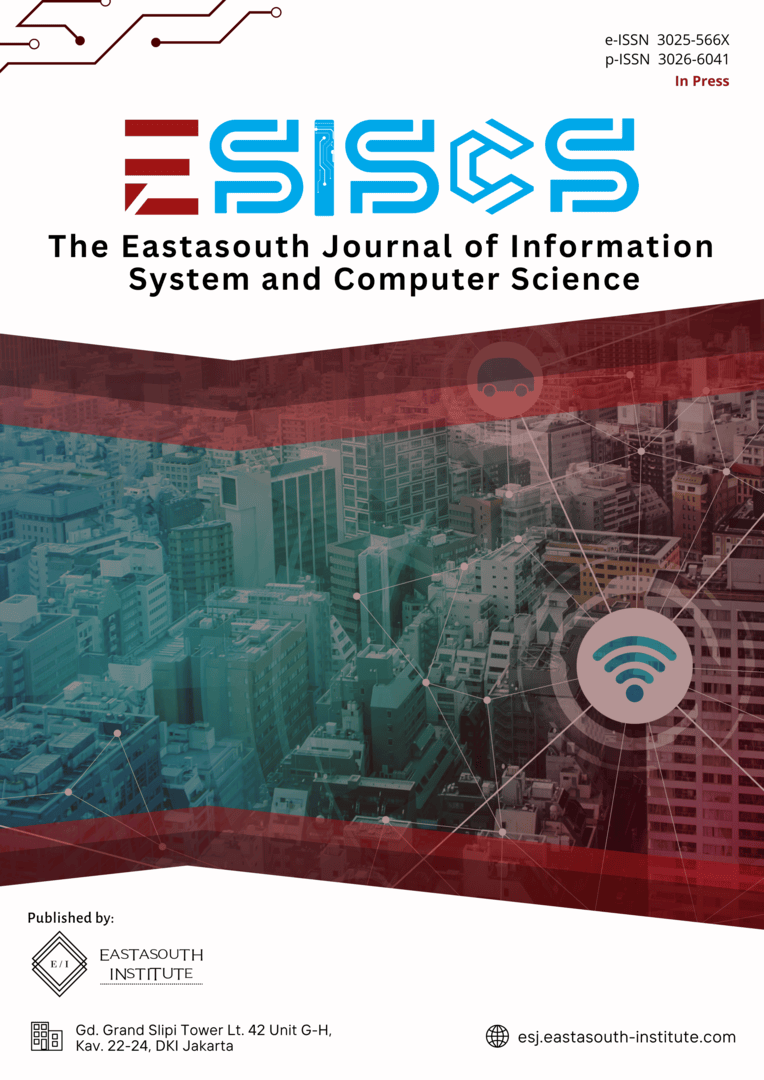Using Image Similarity Metrics to Discriminate Between DALL-E Generated Art and Original Art
Main Article Content
Abstract
The rise of image-generating artificial intelligence (AI) tools like OpenAI’s DALL-E has changed the way art is made. It brings up important questions about originality, authorship, and ethical implications. I explore the originality of AI generated art through a quantitative similarity analysis using Bhattacharyya distance and Euclidean distance to measure color and structural similarity between AI outputs and their reference artworks. I analyze three distinct prompt variations—one including the artist’s name, another with a detailed description but no artist reference, and a third requesting a reinterpretation rather than replication of an original painting, namely the Mona Lisa. I find that AI generated images exhibit varying degrees of similarity depending on prompt specificity. The metrics found that mentioning the artist’s name in the prompt resulted in more similar outputs than when asked for a direct reinterpretation. Similarity metrics indicate that AI generated outputs tend to resemble each other more closely than they do the original painting, implying that AI models operate based on learned visual patterns rather than direct replication. The study emphasizes how important it is to have explicit ethical guidelines and legal frameworks to be able to regulate AI’s influence in the artistic domain.
Article Details

This work is licensed under a Creative Commons Attribution-ShareAlike 4.0 International License.
References
T. He, “AI Originality Revisited: Can We Prompt Copyright over AI-Generated Pictures?,” GRUR Int., vol. 73, no. 4, pp. 299–307, 2024.
Q. Xu, G. Zhou, C. Zhang, F. Chang, Y. Cao, and D. Zhao, “Generative AI and digital twin integrated intelligent process planning: a conceptual framework,” 2023.
A. Elgammal, B. Liu, M. Elhoseiny, and M. Mazzone, “Can AI create true art? A study on creativity and deep learning,” AI Soc., vol. 32, no. 2, pp. 1–13, 2017.
Y. Wang, S. Shen, and B. Y. Lim, “Reprompt: Automatic prompt editing to refine ai-generative art towards precise expressions,” in Proceedings of the 2023 CHI conference on human factors in computing systems, 2023, pp. 1–29.
C. B. Horton Jr, M. W. White, and S. S. Iyengar, “Bias against AI art can enhance perceptions of human creativity,” Sci. Rep., vol. 13, no. 1, p. 19001, 2023.
J. Oppenlaender, R. Linder, and J. Silvennoinen, “Prompting AI art: An investigation into the creative skill of prompt engineering,” Int. J. human–computer Interact., pp. 1–23, 2024.
J. Oppenlaender, “A taxonomy of prompt modifiers for text-to-image generation,” Behav. Inf. Technol., vol. 43, no. 15, pp. 3763–3776, 2024.
Anthropic, Claude’s constitution. 2023. [Online]. Available: https://www.anthropic.com/news/claudes- constitution
B. Mittelstadt, “Principles alone cannot guarantee ethical AI,” Nat. Mach. Intell., vol. 1, no. 11, pp. 501–507, 2019.
L. Meincke, E. R. Mollick, and C. Terwiesch, “Prompting diverse ideas: Increasing AI idea variance,” arXiv Prepr. arXiv2402.01727, 2024.
V. Liu and L. B. Chilton, “Design guidelines for prompt engineering text-to-image generative models,” in Proceedings of the 2022 CHI conference on human factors in computing systems, 2022, pp. 1–23.
A. Mahdavi Goloujeh, A. Sullivan, and B. Magerko, “Is it AI or is it me? Understanding users’ prompt journey with text-to-image generative AI tools,” in Proceedings of the 2024 CHI Conference on Human Factors in Computing Systems, 2024, pp. 1–13.
Harvard Law School, “AI and the law: Navigating the new legal landscape”, [Online]. Available: https://hls.harvard.edu
D. Knemeyer, The ethical implications of AI on creative professionals.
A. Makhabbat, The ethics of AI art: Implications for creativity and copyright. SSRN. [Online]. Available: https://papers.ssrn.com
J. McCormack and M. D’Inverno, “On the definition of creativity in AI,” J. Artif. Intell. Res., 2012.
OpenCV, “Cite OpenCV.” https://github.com/opencv/opencv/wiki/CiteOpenCV
I. Solaiman and B. Dennison, “Process for adapting AI models to align with ethical principles,” 2021, [Online]. Available: https://www.anthropic.com
The Center for Media Engagement, “The ethics of AI art,” The Guardian, 2025.
W. Ding and S. Deng, “The Patentability of AI-Generated Technical Solutions and Institutional Responses: Chinese Perspective vs. Other Countries,” Information, vol. 16, no. 8, p. 629, 2025.

